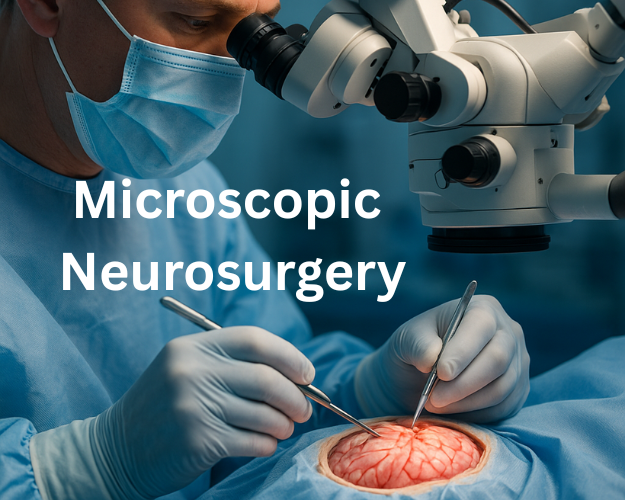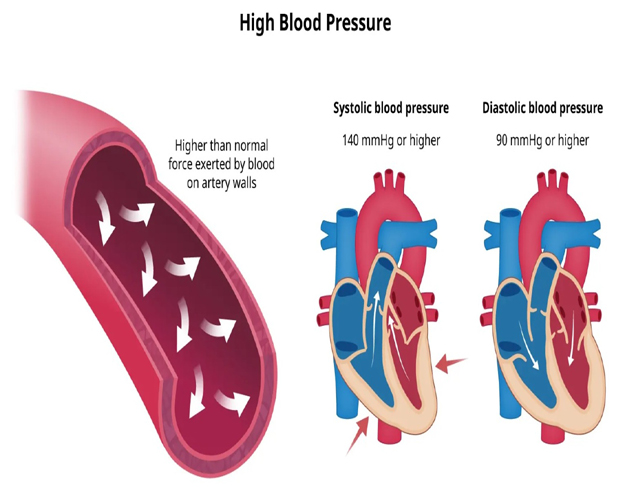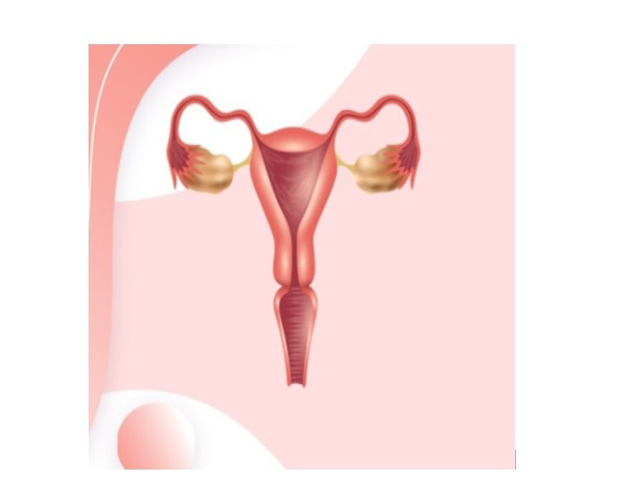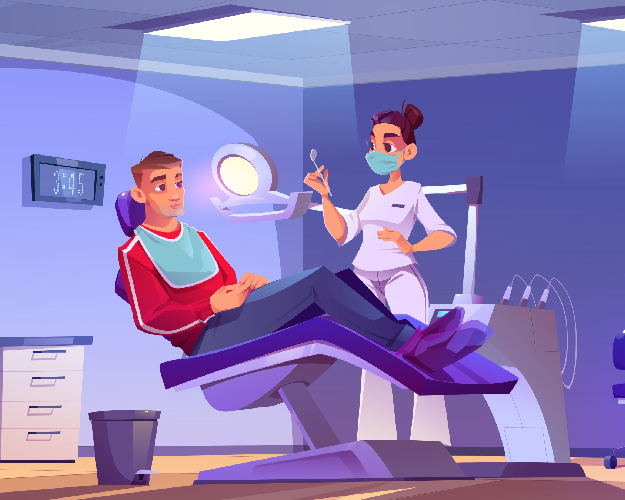
Microscopic Neurosurgery: Precision, Innovation and Better Patient Outcomes
Neurosurgery has long been one of the toughest surgical specialties — delicate tissues, critical functions, little room for error. Here at ITM Hospital, microscopic neurosurgery (also frequently referred to as microsurgery) is quite an advancement for these cases – our ability to use high-powered microscopes, tailored instruments and sophisticated imaging with the consummate surgical experience. We’re pleased to offer these innovative services and technology at ITM Hospital & Research Centre, and all that it means in terms of better results, less trauma and speedier recovery for you.
What is Microscopic Neurosurgery?
Micro neurosurgery is a surgical approach that utilizes a surgical microscope while performing a procedure. This approach offers:
1. Higher magnification and illumination allow viewing small anatomical components, such as minute blood vessels, nerves, and brain matter, with vastly improved precision.
2. Precision signifies the capability to meticulously dissect and conduct surgical procedures, ensuring the least possible impact on adjacent, healthy tissues.
3. Specific instruments: involve the use of micro forceps, dissectors, retractors, and exceedingly fine sutures, all specifically engineered for performing in very confined spaces.
Distinctly from conventional “open” surgery, which frequently needs larger cuts and the pulling back of tissue, microsurgical methods aim to be as minimally invasive as possible while also optimizing safety and ensuring functional preservation.
Why choose microsurgery in neurological disorders?
At the ITM Hospital & Research Centre, our direct observations have confirmed the numerous advantages that microscopic neurosurgery provides to those we treat. These advantages include:
1. Less Trauma During Surgery
Due to the smaller cuts made and the concentration of the dissection, there is less harm inflicted on healthy tissues, muscles, and nerves. This results in reduced bleeding, diminished discomfort after surgery, and fewer problems.
2. Reduced Occurrence of complications
Because the microscope provides a highly detailed view, the potential for issues like unintentionally harming adjoining tissue, contracting an infection, or losing too much blood are greatly minimized. Investigations into neurosurgery that is minimally invasive back up this claim.
3. Quicker Healing and Shorter Time in the Hospital
Patients often recover faster as compared to typical open surgery. Earlier movement, better pain management, and a quicker return to everyday routines.
4. Improved Operational Results
Keeping functions intact, like speech, movement, sight, or other neurological abilities, is the main objective, particularly in procedures on the brain (for example, tumours or vascular malformations) or spine. The exactness of microscopic methods is essential for this preservation.
5. Aesthetic Advantages
Smaller scars that are less noticeable and reduced damage to tissue offer additional benefits, which many patients find important.
Common Uses
Neurosurgery using microscopes is helpful for many different kinds of nerve-related surgeries. At ITM, we use these methods for:
1. Taking out brain growths, even those in hard-to-reach or very critical location.
2. Operating on blood vessel issues (like bulges or tangled vessels) where careful closing or removal is needed.
3. Operating on the spine, to help with slipped discs, narrowed spinal spaces, spine growths, or spinal problems that worsen over time.
4. Neurosurgery to improve function, like easing pressure on tiny blood vessels for face pain or twitching.
5. Operations on nerves outside the brain and spine, and fixing them after injuries.
What Advances are Changing the Game?
New technologies and methods are continually improving microscopic neurosurgery. Among them:
1. Enhanced microscopes with better optics, 3D visualization, greater depth of field, and integrated illumination.
2. Intraoperative imaging (MRI, CT, ultrasound) to help guide surgery in “real time” and verify that all disease tissue has been removed.
3. Navigation systems and computer-assisted surgery tools, which help surgeons plan precise paths and avoid critical areas.
4. Endoscopic techniques and minimally invasive corridors, which combine with microscopic tools for even smaller exposure.
5. CUSA (ultrasonic aspirator) for precise tissue removal while minimizing damage to surrounding structures.
What Improvements are Making Difference?
Modern tools and ways of doing things are always making microsurgeries better. Here are some:
1. Stronger microscopes with clearer lenses, seeing things in 3D, more of the view in focus, and lights built right in.
2. Taking pictures during surgery (MRI, CT, ultrasound) to help show the way while operating and be sure all bad tissue is gone.
3. Guiding systems and surgery tools using computers, which let surgeons map out exact routes and stay away from important spots.
4. Ways of using small scopes and tiny cuts, which go together with microscopes to make the area seen even smaller.
What to Expect: Patient Journey
Here is what usually happens for a person having very precise brain surgery:
1. Preoperative Evaluation
This involves getting detailed pictures (MRI, CT, angiography), checking overall health, and talking about possible dangers, benefits, and other options.
2. Surgery
While the patient is fully asleep, the brain surgeon uses a special microscope and very small tools. Sometimes, extra tools like computer guidance or watching how the brain/spinal cord is working during surgery are used.
3. Postoperative Care
After the surgery, patients are monitored closely in a recovery room or intensive care unit, based on the surgery they had. It is important to manage pain, stop adverse events from happening (infection, bleeding), get moving early, and do exercises.
4. Follow-up and Rehabilitation
Going to regular appointments, getting pictures to see how things are going, and doing therapies to help recover (exercise, speech help) if needed. We want to do more than just fix the sickness; we want you to get back to living a good life.
Why ITM Hospital & Research Centre?
When you choose us for microscopic neurosurgery, you get:
1. Experienced Neurosurgeons with specialized training in microscopic and minimally invasive techniques.
2. State-of-the-art Facilities, including modern operating microscopes, navigation systems, intraoperative monitoring, and post-operative care.
3. Multidisciplinary Care, integrating radiology, neurorehabilitation, physiotherapy, pain management, etc.
4. Patient-Centred Approach, ensuring you understand your options, providing support throughout the process, and focused on recovery and quality of life.
5. Continuous Research & Innovation, so that our patients benefit from the latest developments in neurosurgical care.
Conclusion
Microscopic neurosurgery is one of the greatest developments of neurosurgical care. This method, which integrates technical inventions with surgical expertise, gives the patient increased accuracy, reduced trauma, quicker recovery, and in many cases, superior results. In ITM Hospital and Research Centre, we believe in practicing these innovations to ensure that the community has an opportunity to access world-class neurosciences services.









